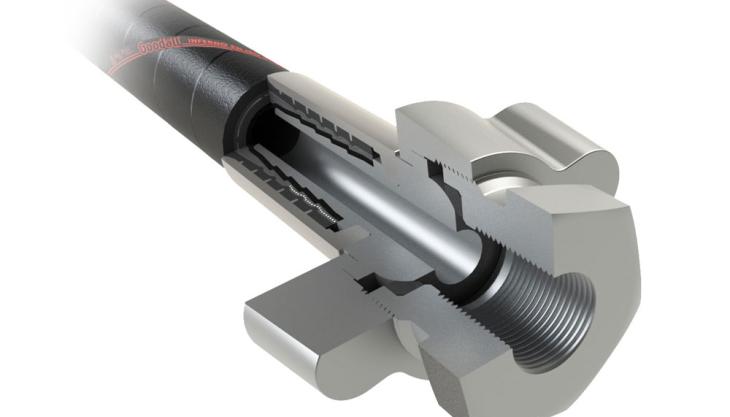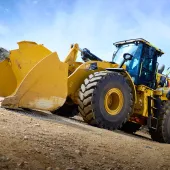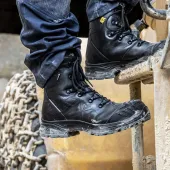Minimizing static build-up in industrial hose

ERIKS warn that incorrect industrial hose selection can increase the risk of fire or explosion
A ONE-type-fits-all approach to non-conductive hoses is being used across industry despite many being unsuitable for certain applications and liquids.
Using the wrong type of hose for an application can quickly lead to a dangerous build-up of static electricity, which, in turn, could spark a fire or explosion, warn industrial services providers ERIKS UK & Ireland.
According to Mark Carpenter, product manager for fluid power, transfer and control at ERIKS UK & Ireland, conductivity should be top of the agenda when selecting the correct hose.
‘Non-electrically-conductive rubber hoses are often the most popular choice for production lines that transport gases and fluids, such as cyclohexane, nitric acid, paint, petroleum, and steam,’ he said.
‘However, opting for this type of hose without considering the application and materials being conveyed can lead to a dangerous build-up of static electricity: a frequent source of industrial fires and explosions, particularly in industries handling volatile chemicals or compounds.
‘Electric charges can build up when certain liquids are directed through hoses – the higher the amount of liquid, and the faster it is moving, the more static electricity you will get. Static electricity can quickly lead to sparks, and just one spark has the potential to lead to a fire or an explosion.’
Grounding and bonding are often used to reduce the build-up of static charges in these situations. This does not completely solve the problem, however, and requires a connection to a steel helix, or the use of static wires, which can be dangerous.
‘Opting for an electrically-conductive rubber hose is a safer and simpler option, as it avoids creating static electricity in the first place,’ said Mr Carpenter. ‘They’re made from electrically conductive rubber or thermoplastic compounds, and convey any electrostatic charge to the metallic hose-end connections, where it can be grounded safely.
‘This means there is no need to connect the hose to a steel helix or static wires, making it a risk-free solution during both use and assembly.
‘The danger of static electricity is often underestimated and tends to be side-lined in favour of hose size or maximum temperature capacity when specifying an industrial hose. Although these are important factors to consider, taking anti-static properties into account should be equally prioritized for the sake of both site and employee safety.’









